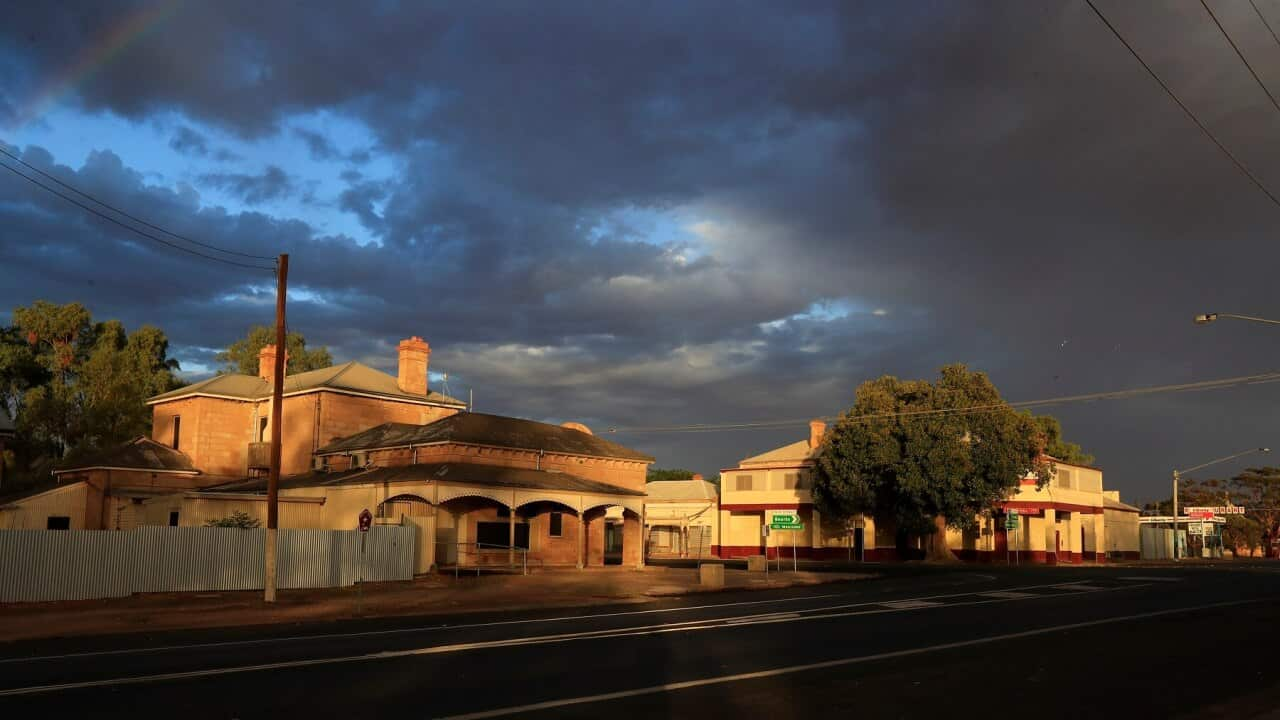Poor planning by state and federal governments is to blame for the significant lag in Indigenous COVID-19 vaccination rates nationwide, say researchers.
The University of NSW team said the substandard preparation, combined with mixed messaging on vaccines, have led to a shortage of trained workers to put jabs in arms and vaccine hesitancy in vulnerable communities.
"This substantial policy oversight reflects a failure of moral human rights responsibility for Australian First Nations people," say the authors of the paper published in Jama Health Forum.
Planning, strategy and prevention work undertaken by the National Aboriginal Community Controlled Health Organisation and ACCHOs around the country had also been undermined by the failed response.
The researchers say existing inequalities including poor healthcare access, overcrowded living conditions and chronic health issues should have led to a more targeted and prioritised program.
Instead, it has increased the risk of virus spread, chronic illness and death in hundreds of Aboriginal and Torres Strait Islander communities across the country, where double dose rates languish about 20 per cent lower than the national average.
"It is evident governments have not been listening or properly consulting with First Nation peoples," said Indigenous health expert and Yadhiagana Wuthuti man Professor Mick Adams.
"They are playing catch-up as the virus spreads into remote communities, with Yuendumu in the Northern Territory the latest remote community hit."
The outbreak, 295km northwest of Alice Springs, has grown to 43 cases in recent days as authorities scramble to push vaccination rates up.
The community of about 1000 residents has received an influx of health workers and the double dose rate has climbed from 41 per cent to 58 per cent in the past week.
"The uncertainty of government messaging has led to confusion and people have not prepared in rural and remote communities," Adams says.
The UNSW research team says the federal government needs to redouble efforts and properly protect Indigenous communities instead of leaving it to the states and territories, which has led to inadequate and inconsistent preparedness.
"Government must listen with intent and act on advice from community health councils and health action teams, community groups, including men's and women's groups, justice groups and Elder groups," said Badtjala academic Lyndon Reilly.
"The key is to listen and then urgently translate this advice into policy and action."
The Australian Health Department rejected the assessment, saying it has worked with the Aboriginal Community Controlled Health Sector to roll out vaccines in a culturally appropriate way.
"Throughout the pandemic, Aboriginal Community Controlled Health Services have been prioritised for access to vaccines," a spokeswoman says.
"Where any ACCHS identified that an increase in vaccine allocation was needed to support demand, their request for additional supply was rapidly supported."
However, beyond the furnishing of vaccines and other health supplies, the researchers also highlighted the extra emotional toll that the advent of a new infectious disease has had on First Nations communities.
"From the outset, COVID-19 ignited the First Nations people’s historic memory of the devastation brought by diseases carried by (white) colonizers to Australia in 1788.
"(This) should have prompted Australia to launch a federally funded campaign and give it the highest national health priority."











